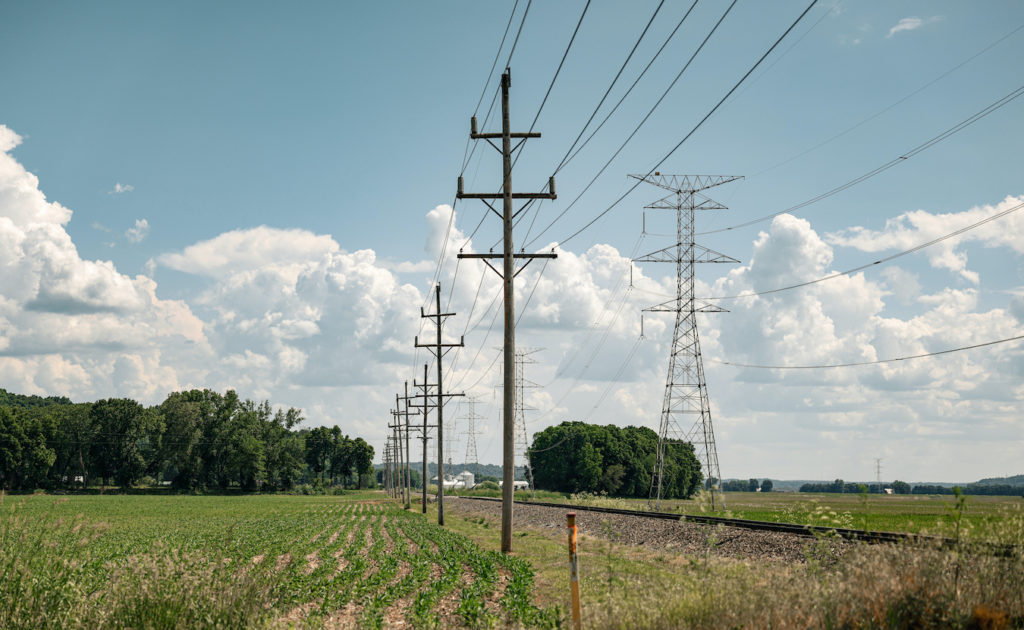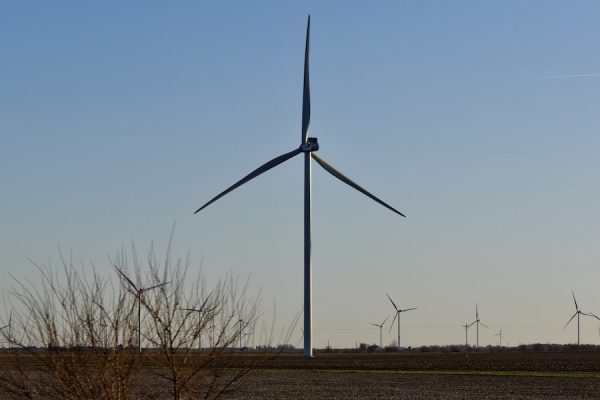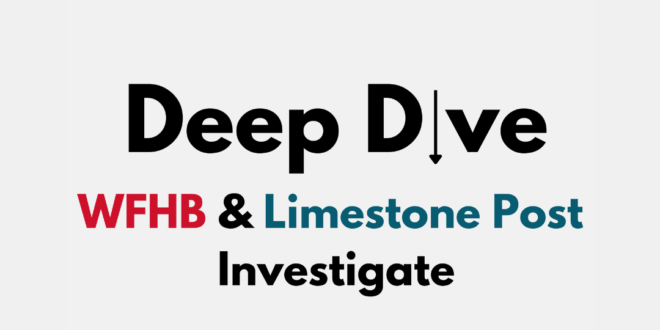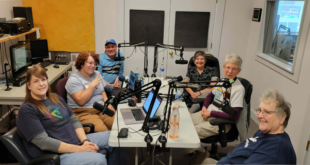Podcast: Play in new window | Download (Duration: 46:47 — 64.3MB)
Subscribe: RSS
You’re listening Deep Dive: WFHB and Limestone Post Investigate where we look into issues regarding Health, Housing, and the Environment that directly impact residents of Monroe County. We are looking into Indiana’s power grid – how it works, how it’s outdated and renewable alternatives the state could explore to transition into more sustainable forms of energy.
This week we talked to SIREN ( Solar Indiana Renewable Energy Network) Communications Manager Anne Hedin, who walked us through the different types of electric utilities there are in the U.S., how solar and wind energy help to reduce strain on the grid, what net metering is and why we need to re-implement similar legislation, and what we can hope for in the future with renewable energy in Indiana.


You can also read the article, “The Power Struggle in Indiana’s Changing Energy Landscape” in the Limestone Post written by Rebecca Hill and photos taken by Benedict Jones.



